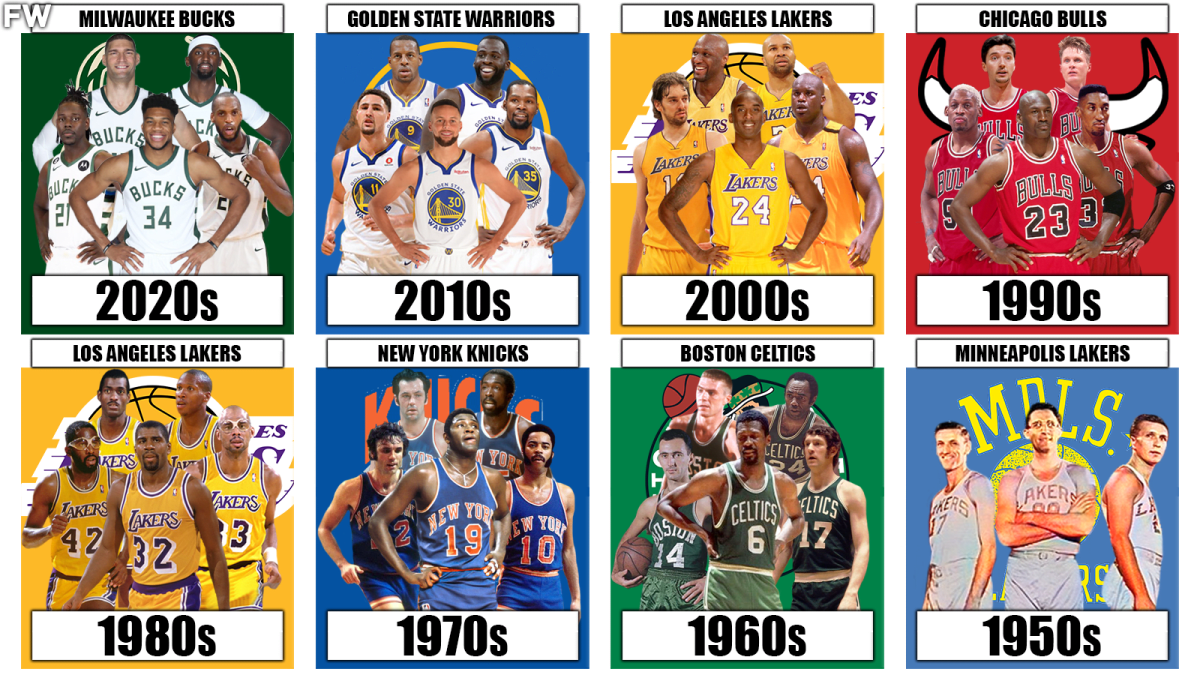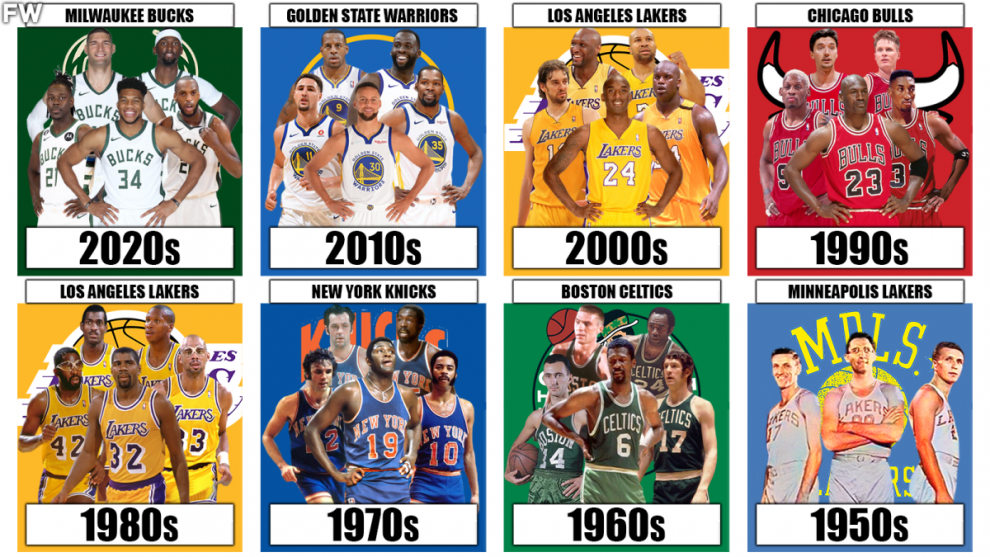
Analyzing the Rise and Dominance of NBA Powerhouses
Introduction: Over the past decade, the NBA has witnessed the rise of several exceptional teams that have left an indelible mark on the league’s history. These teams have achieved remarkable success, showcasing a combination of talent, strategy, and relentless determination. In this article, we will decode the success of the top NBA teams of the decade, examining the factors that propelled them to greatness. Let’s delve into the world of basketball brilliance and explore the secrets behind their triumphs.
1. Building a Championship Culture: The Foundation of Success
Championship teams are built on more than just talent; they cultivate a winning culture that permeates every aspect of their organization. The most successful teams of the decade prioritized teamwork, leadership, and a shared vision. As Pat Riley, former NBA coach and executive, once said, “The disease of ‘Me’ is the downfall of most teams. The culture should be about ‘We’.” These teams fostered an environment where individual egos were set aside for the collective goal of winning championships.
2. Strategic Acquisitions: Assembling the Perfect Puzzle Pieces
Building a championship team requires strategic player acquisitions that complement the existing roster. The top NBA teams of the decade exhibited a keen eye for identifying talent and making impactful moves. They sought players who fit their team’s style of play and contributed to areas of need. A prime example is the Golden State Warriors, who revolutionized the game with their emphasis on three-point shooting. The addition of sharpshooters like Kevin Durant and Klay Thompson elevated their offensive prowess to unprecedented heights.
3. Embracing Analytics: The Rise of Data-Driven Decision Making
In recent years, the NBA has experienced a surge in the use of advanced analytics to gain a competitive edge. Successful teams embraced this trend, employing data-driven decision making to inform player development, game strategies, and even lineup optimization. Advanced metrics such as Player Efficiency Rating (PER), effective field goal percentage (eFG%), and usage rate have become crucial tools in evaluating player performance. By leveraging analytics, teams could make informed choices that maximized their chances of success.
3.1 Player Load Management: Maximizing Performance and Minimizing Injury
One significant area where analytics played a pivotal role was in player load management. Understanding the physical demands of the game and optimizing player rest became crucial in maximizing performance and minimizing the risk of injuries. Load management strategies, informed by data on player fatigue and injury risk, helped teams ensure that their key players were fresh and ready for crucial moments. The Toronto Raptors’ careful management of Kawhi Leonard’s workload during their championship run in 2019 is a prime example of this.
3.2 Shot Selection and Efficiency: The Impact of Analytics on Offense
Analytics have also influenced offensive strategies, particularly in shot selection. Teams began prioritizing efficient shots, such as three-pointers and shots near the rim, while de-emphasizing mid-range jumpers. This shift was fueled by data that showed the higher expected value of shots taken from these areas. The Houston Rockets, under the leadership of Daryl Morey, embraced this approach, emphasizing analytics-driven shot selection and revolutionizing offensive strategies in the process.
Conclusion: The Blueprint for Success
The top NBA teams of the decade showcased a combination of a winning culture, strategic acquisitions, and data-driven decision making. By prioritizing teamwork, identifying the right puzzle pieces, and leveraging analytics, these teams rose to the pinnacle of success. As we enter a new era of basketball, these teams’ legacies serve as a blueprint for aspiring franchises aiming to reach the heights of greatness.











